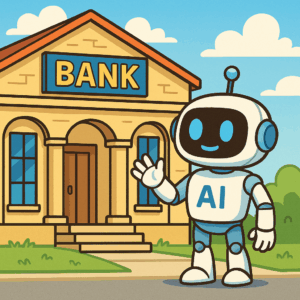By: Alexandra Levit for SHRM
Over the last decade, many organizations have shifted from an annual performance-evaluation model to a continuous-feedback one. This transformation makes sense. Annual reviews are time-consuming, often focus on goals that are outdated or irrelevant, and yield results that may not correlate with employee contributions to the bottom line.
Mechanisms that track employee sentiment are much the same. Traditionally, employee engagement and sentiment too were tracked using the annual performance evaluations. Today, however, organizations can retain top talent only if they gauge satisfaction much more frequently.
Emerging communication technologies offer organizations and employees the ability to exchange real-time feedback that is meaningful to engagement and the tasks and challenges at hand. Because feedback can be delivered and received by anyone, it’s inherently less biased, and its immediate nature allows for more versatile problem-solving. Continuous-feedback solutions improve collaboration, coaching, decision-making, agility, skills acquisition, employee engagement and retention. What could be the downside? Click here to find out.




